TL;DR
- India will contribute nearly a quarter of the global workforce growth by 2030, making HR systems more complex and high-stakes.
- HR teams need better tools and clearer structures to manage people across varied locations, laws, and employee expectations.
- Many companies are aware of their HR gaps but struggle to address them due to limited bandwidth, unclear ownership, or outdated processes.
- Issues like leadership gaps, unclear performance metrics, and limited inclusion often go unaddressed until they cause bigger problems.
- Targeted support and consistent follow-through help HR teams focus less on fixing and more on building what works.
Introduction
By 2030, India will have 1.04 billion people of working age, making it the largest contributor to the global talent pool. An estimated 24.3% of the incremental global workforce over the next decade will come from India alone. This scale brings unmatched opportunity and objective operational complexity for employers.
HR in India is no longer just a support function. It plays a direct role in business continuity, risk management, and long-term growth. Whether you’re running a factory in Gujarat or a tech hub in Bengaluru, your ability to attract, support, and retain talent shapes your business outcomes.
The challenge isn’t knowing what needs to change; it’s executing consistently across diverse teams, locations, and expectations. This guide covers eight key HR problems Indian companies face today, along with practical solutions designed to work at scale.
Below are eight core HR problems faced by teams across India, along with practical solutions to help address each one clearly and effectively.
1. Following Employment Laws and Regulations
Indian labour codes are fragmented, often subject to frequent changes, and are frequently misunderstood. Your team cannot afford to make compliance a last-minute process.
Key challenges:
- New labour codes have replaced older acts with broader provisions around wages, safety, social security, and industrial relations
- State-level variations mean compliance rules are not always consistent across your office or plant locations
- Manual tracking increases the chance of delayed filings, misclassifications, and audit exposure
What to do:
- Assign regional compliance owners who report monthly to the central HR function with precise data and pending actions
- Automate statutory tracking using tools that update with central and state government rule changes
- Run quarterly internal compliance reviews with action plans, not just status reports
- Include contractors and gig workers in all compliance systems, not just full-time staff
Compliance is not just a legal function. It is an operational risk with serious brand and business implications.
2. Maintaining Workplace Health and Safety
Workplace safety in India often focuses on physical hazards. But psychological safety is equally important and rarely appropriately addressed.
Physical safety gaps:
- Poor documentation of near misses in manufacturing or construction settings
- Lack of safety audits for outsourced vendors and transportation services
- Inconsistent training for contract staff working on client sites
Mental health blind spots:
- Employee Assistance Programmes (EAPs) are underused due to stigma and a lack of visibility
- Managers are unequipped to respond to emotional distress in hybrid or remote settings
- Policies rarely cover grief, burnout, or women’s health beyond maternity
Fix it with:
- Integrated safety reporting that includes physical incidents, psychological distress, and absenteeism triggers
- Training managers to listen actively, flag warning signs, and direct staff to resources without judgment
- Anonymous feedback channels where employees can report stress without fear or shame
Safety is more than helmets and drills. It’s about creating an environment where people feel seen, safe, and supported.
3. Attracting and Keeping Skilled Employees

Retention is no longer about salaries or titles. Employees leave when they feel disconnected, stagnant, or unheard by their managers.
Why retention is broken:
- Gen Z employees want feedback, purpose, and growth more than ping-pong tables or loyalty bonuses
- Exit interviews often reveal poor managers and unclear progression as key triggers for resignation
- Traditional benefits like insurance and canteen subsidies don’t appeal to all generations or family types
Retention drivers to consider:
- Career progression plans that are shared, measurable, and reviewed every quarter
- Benefits tailored by life stage: student debt support, childcare credits, or caregiving leave options
- Manager capability audits that track retention rates and exit patterns by team
Retention doesn’t start with HR. It begins with what happens in one-on-ones, team meetings, and performance reviews every week.
4. Leadership Development
Leadership isn’t about the CXO team alone. Middle managers shape how your employees experience their work every single day.
Common failures:
- Promotions without preparation leave new managers confused about feedback, delegation, or people management basics
- Mid-level roles often lack clarity around success metrics and decision-making authority
- Leadership training is usually given after a promotion, not before responsibilities increase
What your team can do:
- Map your leadership pipeline and identify critical roles that impact team morale and delivery
- Offer peer coaching circles, cross-functional project roles, and real-time manager support groups
- Track mobility, stagnation, and silent exits to predict who might disengage next
You build leaders by giving them visibility, support, and tools. You lose them by ignoring warning signs and bottlenecks.
5. Encouraging Diversity and Fair Practices
Most companies now report gender ratios, but that alone doesn’t make a workplace inclusive, fair, or socially aware.
Where DEI falls short:
- Caste identity is rarely acknowledged in formal policy or diversity hiring frameworks
- LGBTQ+ inclusion is tokenised in metros but ignored in smaller sites and tier 2 towns
- Women’s health policies stop at maternity and ignore fertility, menopause, or caregiving demands
Actions that matter:
- Create inclusive job descriptions and review hiring sources for regional and educational bias
- Build referral networks beyond elite campuses or internal circles to reach underrepresented groups
- Include caste equity in your DEI dashboard, even if targets are challenging to define initially
- Expand health benefits to include gynaecological screenings, fertility consultations, and mental wellness linked to hormonal stages.
Inclusion cannot be limited to events and posters. It needs structural support and everyday accountability across all functions.
6. Tracking Work Performance and Output
Most HR tech platforms can track hours worked, logins, or attendance. But that does not mean your people are performing well.
Where the gap appears:
- Employees feel watched but not supported when dashboards focus only on activity metrics
- Line managers rarely use data from HR tools because they don’t know how to interpret it
- Decision-makers confuse activity levels with contribution to customer value or business growth
What works better:
- Define performance in terms of output, quality, and contribution, not hours or availability
- Train managers to interpret dashboards, use feedback loops, and adjust goals as work evolves
- Use data to support coaching conversations, not compliance policing
Data doesn’t lead to insight unless it connects with context, interpretation, and action from the people using it.
7. Designing Fair and Relevant Compensation & Benefits

Many employees leave not because they’re underpaid, but because the pay structure feels unclear or the benefits feel irrelevant.
Where gaps appear:
- Salary bands are not transparent, leading to mistrust.
- Benefits are outdated or generic, not aligned with changing needs.
- Performance-linked pay is applied unevenly or lacks clear criteria.
What your HR team can do:
- Conduct annual pay benchmarking to stay aligned with industry and region.
- Introduce flexible benefits that allow employees to choose what matters to them.
- Make compensation decisions transparent by clearly communicating pay, bonus, and promotion decisions.
- Link rewards not just to individual output, but also to team contribution and role impact.
Fair pay and meaningful benefits build trust, and that trust shows up in retention, morale, and engagement.
8. Maintaining a Clear and Consistent Workplace Culture
Posters or handbooks do not define values. They are defined by who gets promoted and how decisions are made every day.
Culture fails when:
- Employees say one thing in surveys but behave differently due to fear or unclear expectations
- Feedback is collected regularly but ignored when inconvenient or politically risky
- Leaders avoid difficult conversations about bias, burnout, or behaviour that contradicts company values
To fix the culture gap:
- Run short pulse surveys with immediate feedback loops and visible follow-through actions
- Use storytelling to share values during onboarding, team meetings, and performance conversations
- Identify culture blockers by asking who feels unheard, unseen, or excluded from key decisions
Culture is built when values are reinforced, repeated, and rewarded across levels, not just when they are written down.
Overcoming HR Problems with TeamLease
While these issues are common, the proper support can make them easier to address without slowing down your daily work.
TeamLease helps you fix HR problems at the root by combining strategy, tools, and people across every stage of the employee lifecycle.
TeamLease Services Include:
- Professional Staffing: AI-enabled sourcing with over 200 recruiters managing the whole hiring process across industries
- Payroll and Compliance: Cross-country salary management, document handling, and local law compliance without daily tracking hassles
- HR Tech Marketplace: More than 450 pre-vetted tools for recruitment, onboarding, feedback, learning, and exits—matched to your company size and goals
- Learning and Development: Blended programmes from induction to executive coaching, with 10000+ trainers and industry-specific course design
- HR Advisory: Help with redesigning service models, improving people analytics, and supporting org-wide change projects with clear outcomes
TeamLease becomes your execution partner so your internal team can focus on decisions, not firefighting.
Conclusion
HR challenges rarely come one at a time. They build up slowly, often hidden behind missed goals, unclear policies, or low team morale. Fixing these issues doesn’t require perfection. It just needs clear action, shared responsibility, and support that matches your pace and priorities.
If even two of the eight problems sound familiar, it’s a good time to review what’s working and what needs attention. Start small. Pick one problem area. Ask your team what’s getting in the way and what they need to move forward.
You don’t need to handle every issue alone. A partner who understands Indian HR can help you focus on what matters most. Book a demo with TeamLease Digital t today and see how real support makes a real difference to your people and your business.
FAQs
Q. What makes HR in India different from other countries?
A: HR in India deals with complex laws that differ across states, frequent policy changes, and wide variation in employee expectations depending on region and industry. These factors make consistent execution harder, even when the goals are clear.
Q. How often should companies update their HR policies?
A: Policies should be reviewed at least once or twice a year. Regular updates help teams respond to legal changes, feedback from employees, and shifts in how work is structured. Waiting too long can lead to confusion or outdated practices.
Q. What role do middle managers play in employee retention?
A: Middle managers shape daily experiences through how they assign work, give feedback, and respond to concerns. When they’re unsupported or unclear about their role, teams often lose trust and begin to disengage or leave.
Q. Why do traditional benefits fail to improve retention?
A: Standard benefits like insurance or meal vouchers don’t always reflect what people value. Needs vary with age, lifestyle, and family responsibilities. When benefits feel irrelevant, employees often look for workplaces that understand their situation better.
Q. How can HR teams handle performance without micromanaging?
A: Instead of tracking hours or screen time, focus on what the person delivers. Support managers with tools and context so they can guide teams through meaningful goals, rather than just overseeing tasks.







